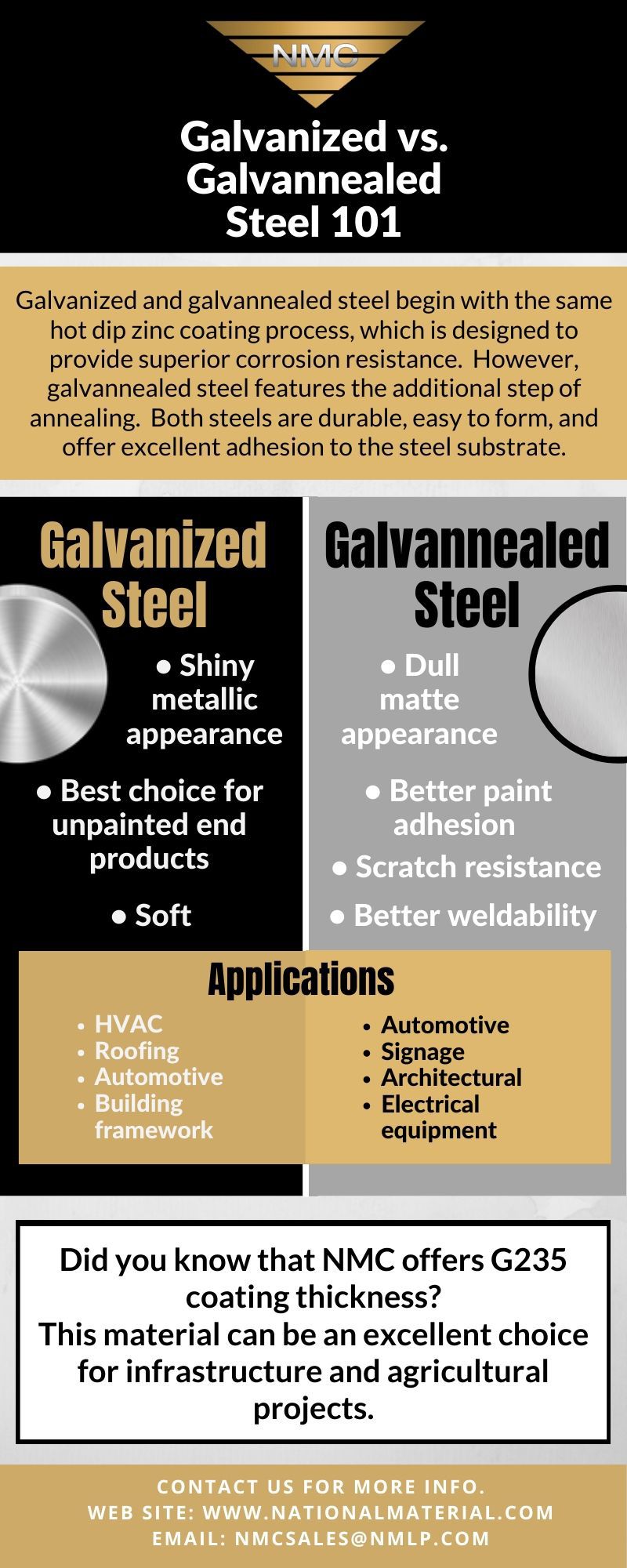Steel Supply Chain Management: National Material Company
As a leader in supply-chain management, just-in-time programs, and inventory control, National Material Company is the perfect choice for any customer in search of the best experience possible. A skilled workforce, state-of-the-art metals processing machinery, and warehouse storage capabilities make NMC the company to compete with.
National Material Company has a particularly strong focus on delivering additional value to their customers — delivering excellence at every step in the supply chain — maximizing quality, cost, and speed.
Metal Processing:
- Slitting
- Pickling
- Blanking
- Galvanizing
Logistics Optimization:
Materials from A to B at lowest possible cost for the Customer
-
- Cost-efficiently linking 22 plants, steel mills, and a certified processor network
- Total freight cost in 1 invoice: mill to processor to OEM
- Custom-designed for all NMC programs
Pricing Programs:
NMC provides numerous pricing options
- CRU-indexed contracts allow price to change
- Directed-buy pricing – OEM negotiates price with mill, NMC buys metal at “directed” price
- Firm price for a defined period
- Resale option– OEM negotiates price with mill, processor “resells” back to OEM at a price that includes value-added services
- Spot pricing– one-time purchase with quick turnaround
- Hedging/futures— eliminates price volatility
Value Added / Value Engineering:
Providing value over & above the price of the steel
- Part appraisals
- Mass reduction—light weighting
- Product & process training
- And more…
Electronic Data Interchange (EDI):
Increases accuracy and efficiency of transactions
- Automated transaction processing
- Eliminates keystroke errors
Outsourced parts:
Using a network of partners, NMC can provide
- Stamping
- Laser
- Roll form
- Press break
- Welding
- And more…
About Parent Company National Material L.P.
Since its founding in 1964, National Material Limited Partnership has grown to over 30 business units and is now one of the largest suppliers of metals in North America. The National Material group of industrial businesses consists of the Steel Group, Stainless and Alloys Group, Raw Material Trading Group, Aluminum Group, and Related Operations.
Please visit us at www.nationalmaterial.com or call (U.S.) 847-806-7200 to […]



